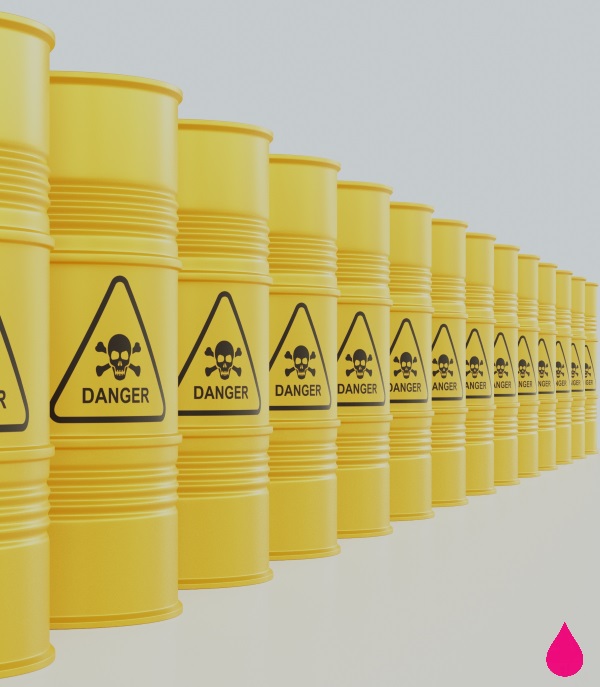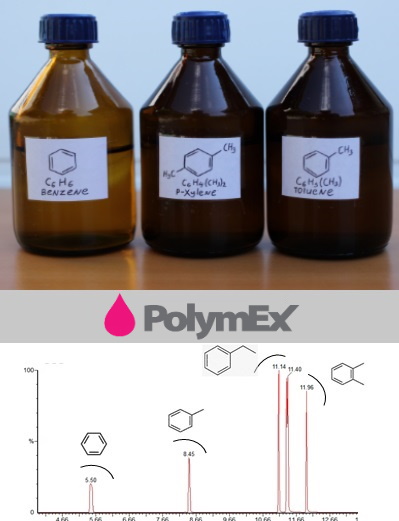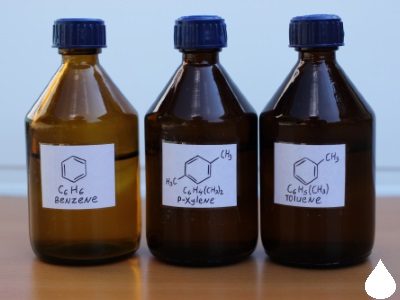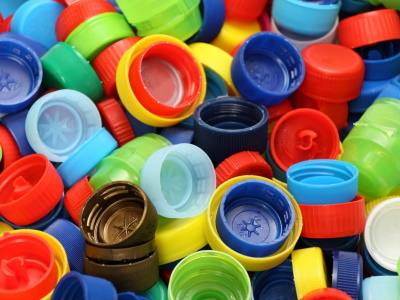Research and quantification of BTEX
Light aromatic molecules such as Benzene, Toluene, Ethyl Benzene, Xylene, etc. are present in many industrial processes, in particular those involving petro-sourced raw materials.
Their great toxicity for humans and the environment make them particularly monitored and controlled molecules.
The acronym BTEX ( Benzene-Toluene-Ethylbenzene-Xylene ) defines this family of aromatic molecules:
- Benzene [71-43-2]
- Toluene [108-88-3]
- Ethyl Benzene [100-41-4]
- Xylene isomers: p-Xylene [106-42-3] / m-Xylene [108-38-3] / o-Xylene [95-47-6]

 EN
EN
 FR
FR



